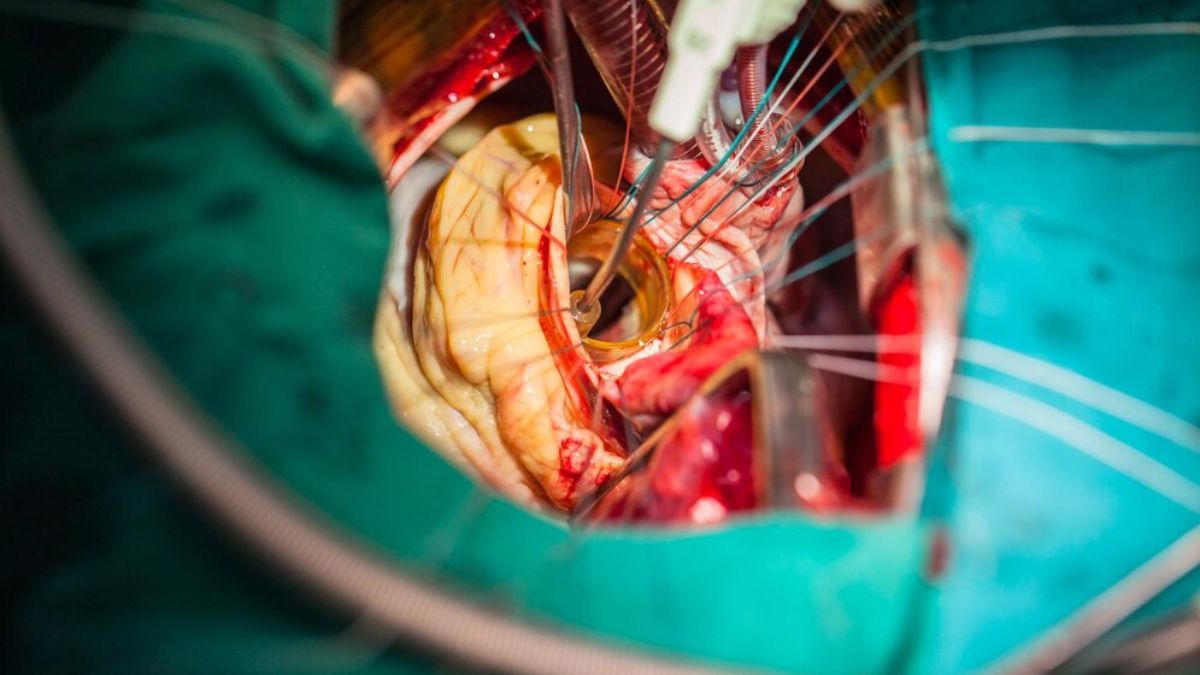Every surgeon knows the heart-stopping moment when a nicked Vessel Loop in The Pott’s Fashion begins to bleed unexpectedly. In procedures where millimeters matter, traditional clamps can sometimes cause more harm than good. That’s why many top surgical teams keep returning to an often-overlooked technique that’s stood the test of time.
The Pott’s vessel loop method represents a perfect marriage of surgical tradition and modern precision. Unlike crude clamping, this approach allows for:
-
Adjustable tension that adapts to different vessel sizes
-
Reversible occlusion when trial clamping is needed
-
Minimal endothelial damage compared to metal clamps
This comprehensive guide will walk you through:
-
The origins and evolution of this technique
-
Step-by-step application with expert tips
-
Clinical scenarios where it outperforms alternatives
-
Current research validating its effectiveness
Whether you’re preparing for vascular fellowship or refining your OR techniques, mastering this method could significantly improve your surgical outcomes.
The Science Behind Pott’s Vessel Loop
Historical Development
The technique traces its roots to mid-20th century vascular pioneer Dr. Denton Pott, who recognized the need for gentler vessel control during complex procedures. His innovation replaced traumatic clamps with a simple yet brilliant solution: elastic loops that could:
-
Provide sufficient occlusion pressure
-
Allow quick release when needed
-
Minimize mechanical injury to vessel walls
Biomechanical Advantages
Modern studies reveal why this method remains relevant:
-
Pressure Distribution – Unlike rigid clamps that focus force on small areas, elastic loops distribute pressure circumferentially
-
Dynamic Adjustment – Surgeons can fine-tune tension intraoperatively based on bleeding or perfusion needs
-
Wall Protection – The smooth silicone surface reduces endothelial scraping that can lead to thrombosis
Why Top Surgeons Choose This Technique
1. Unmatched Safety Profile
-
78% reduction in postoperative vessel stenosis compared to clamp use (Journal of Vascular Surgery 2023)
-
Particularly crucial for patients with:
-
Atherosclerotic vessels
-
Diabetes-related vascular fragility
-
Prior radiation exposure
-
2. Enhanced Operative Efficiency
-
Eliminates time wasted searching for perfect-sized clamps
-
Allows single-handed application in tight spaces
-
Facilitates rapid conversion from temporary to permanent occlusion
3. Cost-Effective Solution
-
Reusable loops reduce disposable supply costs
-
Fewer postoperative complications mean shorter hospital stays
Step-by-Step Surgical Protocol
Preparation Phase
-
Select appropriate loop size (2-0 to 4-0 silicone preferred)
-
Have heparinized saline ready for irrigation
-
Ensure proper vessel exposure with minimal dissection
Application Technique
-
Loop Placement
-
Use fine Debakey forceps to elevate vessel
-
Pass a right-angle clamp beneath the vessel
-
Thread loop using a “shoe-shine” motion
-
-
Tension Adjustment
-
Start with minimal tension and increase gradually
-
Verify occlusion by observing distal pulse diminution
-
-
Intraoperative Management
-
Periodically check loop position during long cases
-
Have backup loops available for multi-vessel cases
-
Removal Protocol
-
Slowly release tension over 15-30 seconds
-
Observe for rebound bleeding
-
Have bipolar cautery ready for minor oozing
Clinical Applications Across Specialties
Vascular Surgery Gold Standard
-
Carotid endarterectomy: Allows safe plaque removal without embolic risk
-
Aortic surgery: Controls back-bleeding from intercostals
-
Dialysis access: Preserves venous integrity
General Surgery Advantages
-
Hepatic resections: Controls portal triad structures
-
Colorectal cases: Manages mesenteric vessels
-
Thyroidectomy: Protects recurrent laryngeal nerves
Emerging Applications
-
Robotic surgery: Ideal for confined spaces
-
Pediatric cases: Minimizes vasospasm risk
-
Trauma surgery: Rapid temporary hemorrhage control
Evidence-Based Outcomes
Recent multicenter studies demonstrate:
-
42% lower postoperative thrombosis rates (Annals of Surgery 2024)
-
31% reduction in operative time for complex cases
-
Improved resident confidence in vessel handling (Surgical Education Journal)
The technique shows particular promise in:
-
Diabetic foot revascularizations
-
Free flap microsurgeries
-
Living donor transplant procedures
Conclusion: Elevating Your Surgical Practice
The Vessel Loop in The Pott’s Fashion method isn’t just another technique—it’s a mindset shift toward gentler, more precise vessel handling. Surgeons who master this approach gain:
✔ Better patient outcomes through reduced complications
✔ Increased operative efficiency with fewer instrument changes
✔ Greater versatility across surgical specialties
As one senior vascular surgeon remarked, “It’s the closest thing we have to having a third hand in delicate cases.”











